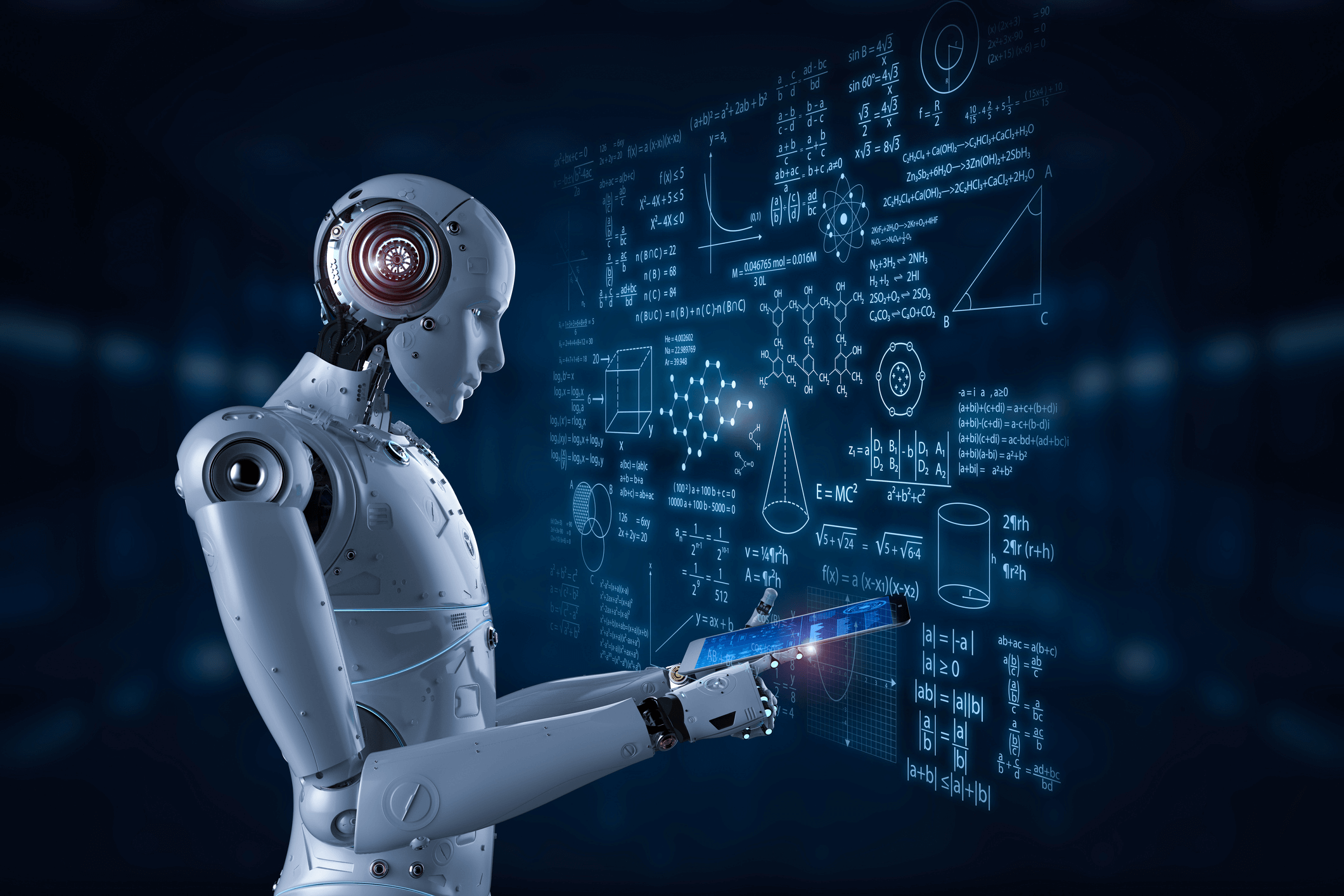
Software, Application
Data Science and Artificial Intelligence, The Emerging Technologies
Introduction
Data Science and Artificial Intelligence make life easy for both consumers and companies. With automation and machine learning picking up the pace and more research and development in this sector, it is quickly becoming the answer to many business problems. Data science and AI working together are automating much of production and development for corporations with major contributions in providing faster and more efficient user interactions with machines. In this article, we will discuss how companies are gradually moving towards data science and AI with every passing day. Many of these corporations have made serious investments in this sector to utilize these weapons, which promote automation and efficiency. We will also cover the impact of Data Science and AI in business and the scope or future of AI and Machine Learning in our daily lives.
What is Data Science?

There has been significant growth in the need for data processing to the industries after the explosion of massive data collected by them through various means of the internet like a laptop, smartphone, tablet, desktop, etc. The companies are now relying on data to make any decisions related to almost everything about the organization. These decisions are used to make better services and products, enhancement and modification, elimination and addition of different things, etc.
Data Science has thus brought forth a massive revolution in almost all industries. Modern societies are all data-driven, and that’s why Data science has become a crucial part of the contemporary world. There are many subfields in Data Science such as Programming, Mathematics, and Statistics. A Data scientist should be very proficient in understanding the patterns and trends of the data. One should possess this skill of understanding to become a good Data Scientist. There are many procedures and steps in Data Science which are:
• Extraction of Data: The Data has to be extracted by the Data Scientist from Big Data which is the first step in the processing of data. Data extracted should be able to give insight into a specific problem which will be later used by the leadership, management, or other decision-making authorities in the organization.
• Manipulation: A Data Scientist should be able to manipulate the data by applying specific filters. Using filters, one should be able to get the desired level of data filtration, which is going to be analyzed further for decision-making.
• Visualization: The Data Scientist shall create a display of data that can be easily understood. The Data can be represented in the form of Tables, Diagrams, Charts, Graphs, and many more. When the Data is visualized, then it is straightforward to understand which is the best form of anything to understand.
• Maintenance: The data extracted has to be maintained for future purposes as well so that it can be used again in future decision-making to predict various things in the businesses.
Hierarchy of Needs in Data Science
As now we already know that Artificial Intelligence is a part of Data Science, Now we will discuss the six different hierarchies of needs in Data Science:
• First Need: Artificial Intelligence and Deep Learning
• Second Need: A/B Testing, Experimentation and Simple ML Algorithms
• Third Need: Analytics, Metrics, Segments, Aggregates, Features and Training Data
• Fourth Need: Cleaning, Anomaly Detection, and Prep
• Fifth Need: Reliable Data Flow, Infrastructure, Data Pipelines, ETL, Structured and Unstructured Data Storage
• Sixth Need: Instrumentation, Logging, Sensors, External Data and User Generated Content
What is Artificial Intelligence?
Artificial Intelligence is a field where algorithms are used to perform automatic actions. Its models are based on the natural intelligence of humans and animals. Similar patterns of the past are recognized, and related operations are performed automatically when the patterns are repeated.
It utilizes the principles of software engineering and computational algorithms for the development of solutions to a problem. Using Artificial intelligence, people can develop automatic systems that provide cost savings and several other benefits to companies. Large organizations are heavily dependant on Artificial Intelligence, including tech giants like Facebook, Amazon, and Google.
Data Science vs Artificial Intelligence: Difference Between Data Science and Artificial Intelligence
• Scope: Artificial Intelligence is only limited to the implementation of ML algorithms, whereas Data Science involves various underlying operations of data.
• Type of Data: Artificial Intelligence contains the kind of data that are standardized in the form of vectors and embeddings but, on the other hand, Data Science will have many different kinds of data such as structured, semi-structured, and unstructured type of data
• Tools: The Tools used in Artificial Intelligence are Mahout, Shogun, TensorFlow, PyTorch, Kaffe, Scikit-learn, and the tools that are used in Data Science are Keras, SPSS, SAS, Python, R, etc
• Applications: Artificial Intelligence applications are used in many sectors like the Healthcare industry, transport industry, robotics industry, automation industries, and manufacturing industries. On the other hand, Data Science applications are used in the field of Internet Search Engines like Google, Yahoo, Bing, Marketing Field, Banking, Advertising Field, and many more.
• Process: In the process of Artificial Intelligence (AI), Future events are forecasted using the predictive model. But Data Science involves the process of prediction, visualization, analysis, and pre-processing of data.
• Techniques: Artificial Intelligence will use algorithms in computers to solve the problem, whereas Data Science will involve many different methods of statistics.
• Purpose: The primary purpose of Artificial Intelligence is to automate the process and bring autonomy to the model of data. But the primary goal of Data Science is to find the patterns that are hidden in the data. These both have their own set of purposes and goals which are different from each other.
• Different Models: In Artificial Intelligence, Models are built which are expected to be similar to the understanding and cognition of humans. In Data Science, Models are constructed to produce insights that are statistical for decision-making.
• Degree of Scientific Processing: Artificial Intelligence will use a very high degree of scientific processing when compared with Data science which uses less scientific processing.
Trends in Data Science and Artificial Intelligence in 2022
2022 will experience a massive increase in the extensive use of AI and data science. This trend can be noticed by following the developments in hyper-automation and advanced Natural Language Processing. In addition to these, augmented analytics will be combined with concepts such as the Internet of Things to reinforce and improve various technologies like advanced analytics, UI, and cyber security. We will see more machines, devices, services, smart cities, and homes using ML and AI, which will further establish the future of AI and the future of data science. There will be a major focus placed on developing more effective human-machine interaction and creating a path to truly autonomous systems capable of handling complex tasks for far longer without any human assistance.
The Future of Data Science and Artificial Intelligence
With increasing dependency on technology for businesses to function effectively, some sectors among the rest are seeing the highest amount of implementations of Data Science and Artificial intelligence. These industries are namely healthcare, advertising, banking, education, and machinery. For instance, in healthcare, data science and AI are used to handle patients and human resources like doctors or nurses effectively. With advanced machine learning and AI, we can tackle many medical problems that plagued us for years or synthesize various types of medication with the help of advanced AI and past data that has been collected and analyzed. Data Science and Artificial Intelligence have a bright future due to the advanced automation it offers for various systems we use daily.
Even though ML and AI are extensively used in industrial applications, there is a raising need for AI to assist daily human interactions with machines and improve products or services, leading to more effective, rapid, and autonomous devices and user interfaces of services. Data science has a massive future because it is one of the key solutions for many business problems that can be seen throughout a company’s lifecycle. Companies are banking on data science to rescue them. They are highly dependent on data scientists for the accurate analysis and use of the massive amounts of data that businesses work with and generate nowadays. The future of AI promotes efficiency, speed, and better resolutions, making way for heavy investments from IT companies, banking corporations, and other companies. Companies from all sorts of sectors are jumping into the AI bandwagon to improve their services and products in hopes of utilizing this holy grail of technology which is Machine Learning. This makes more room for further research and leads to faster upgrades for both consumers and producers.
Data Science and Artificial Intelligence Impact on Business
Data science empowers businesses by making data-backed business decisions with the help of valuable insights and advanced analytics. On the other hand, AI can help with the implementation and automated analytical processes to assist businesses in making these data-centric decisions from generated or procured data.
AI, with the help of available historical data, also speeds up production and ensures efficient operation. Similarly, it can help individual machines warn the organization about any error or malfunction and can even request a repair on its own before it breaks down completely, which would cost the company. AI and ML help companies save time and money by improving the precision and accuracy of present tools and services. Data science helps with many business-related problems, including predicting the best courses of action for an organization or even pre-determine the results of making various business decisions. Data science, along with AI, helps with advanced business analytics that contributes to its core needs and requirements. Data science helps businesses from every field, and AI is capable enough now to handle almost any kind of work from any industry.
Here are a few ways how Data Science and Artificial Intelligence impact and power various business solutions:
• Empower human-machine interactions within products and services.
• Make way for advanced targeting of audiences during the marketing and advertising campaigns.
• Assist business analytics and help solve business problems.
• Make production more efficient and accurate.
• Help with designing and strategizing of products or projects.
• Promote efficient use of user or customer data.
• Ensure improved customer service and rapid solutions to service requests.
• Help in administration, finance, and management.

Conclusion
In this Data Science vs Artificial Intelligence, we got to know the difference between the terms used interchangeably. Artificial Intelligence refers to a broad domain that is still largely unexplored. Data Science is a field that uses AI to generate predictions and focuses on transforming data for analysis and visualizations.
Thus, in the end, we conclude that while Data Science is a job that performs analysis of data, artificial intelligence is a tool for creating better products and imparting them with autonomy. We hope you liked our explanation of “Data Science vs. Artificial Intelligence.”


